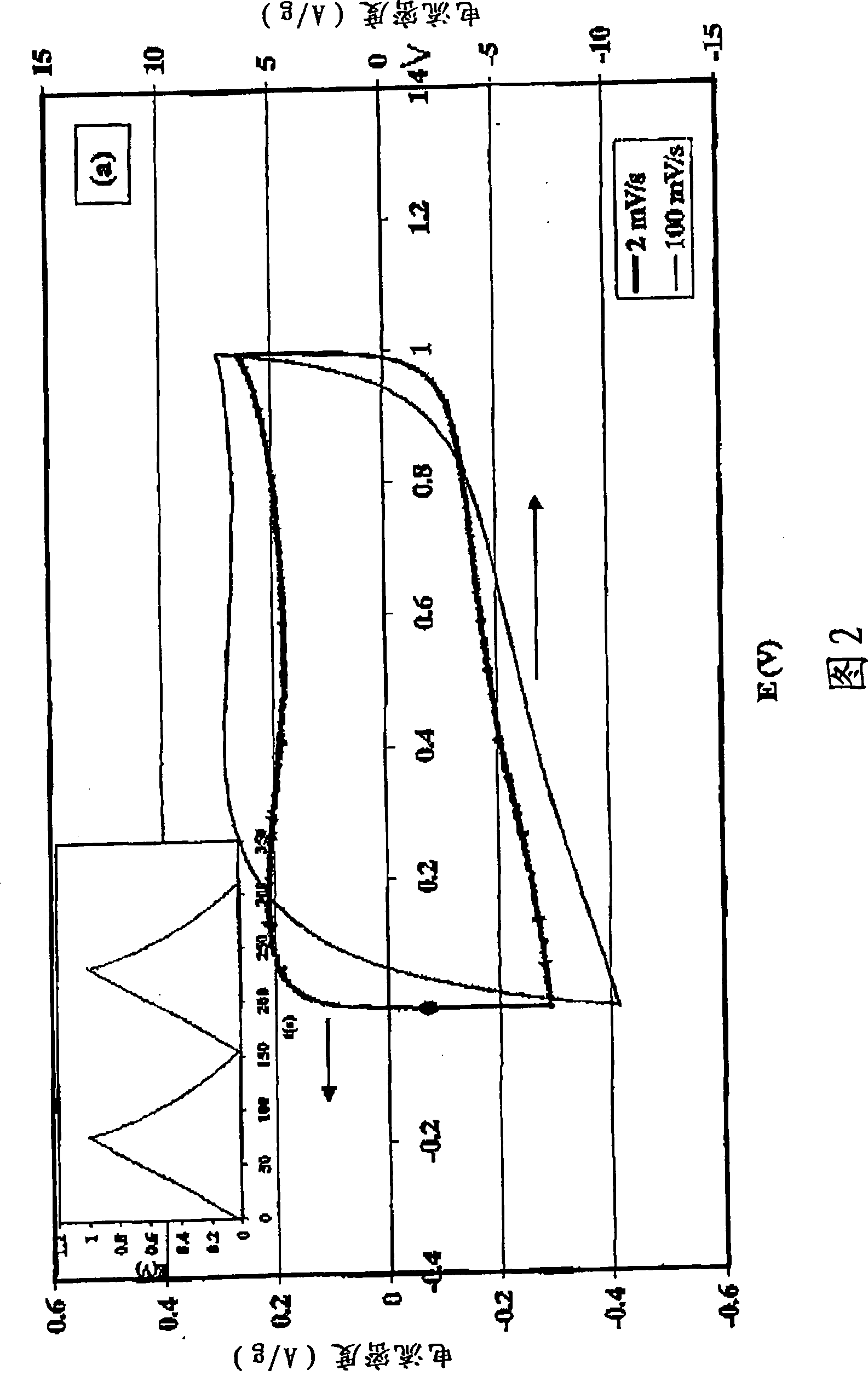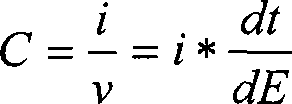Carbonized biopolymers
A biopolymer and carbonized seaweed technology, which is applied in the preparation/purification of carbon, hybrid capacitors, hybrid capacitor electrodes, etc., can solve the problems of unstable surface modification and achieve low pore volume, high density, and high volume specific capacitance Effect
- Summary
- Abstract
- Description
- Claims
- Application Information
AI Technical Summary
Problems solved by technology
Method used
Image
Examples
Embodiment Construction
[0037] precursor biopolymer
[0038] Carbonization was performed on several commercially available oxygen-rich biopolymers (alginate and carrageenan, see Table 1 ) extracted from seaweeds. Alginate is produced from brown seaweed. Carrageenan is a generic term for polysaccharides prepared by alkaline extraction (and modification) from red seaweed.
[0039] In addition, several species of seagrass that contain large amounts of these biopolymers were directly carbonized. Lessonia Nigrescens is an alginate-rich seaweed, while Hypnea Musciforme and Meristotheca Senegalensis contain high amounts of carrageenan.
[0040] Another promising precursor biopolymer is chitin. Chitin is an unbranched polymer of N-acetyl-D-glucosamine. Chitin is found in fungi and seaweeds, and is a major component of the exoskeletons of arthropods and lower animals, such as the shells of insects, crabs, and shrimp. It can be considered a derivative of cellulose in which the hydroxyl group of the second...
PUM
| Property | Measurement | Unit |
|---|---|---|
| volume ratio | aaaaa | aaaaa |
| radius | aaaaa | aaaaa |
| diameter | aaaaa | aaaaa |
Abstract
Description
Claims
Application Information
 Login to View More
Login to View More - R&D
- Intellectual Property
- Life Sciences
- Materials
- Tech Scout
- Unparalleled Data Quality
- Higher Quality Content
- 60% Fewer Hallucinations
Browse by: Latest US Patents, China's latest patents, Technical Efficacy Thesaurus, Application Domain, Technology Topic, Popular Technical Reports.
© 2025 PatSnap. All rights reserved.Legal|Privacy policy|Modern Slavery Act Transparency Statement|Sitemap|About US| Contact US: help@patsnap.com



